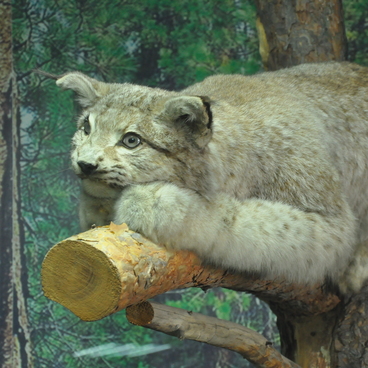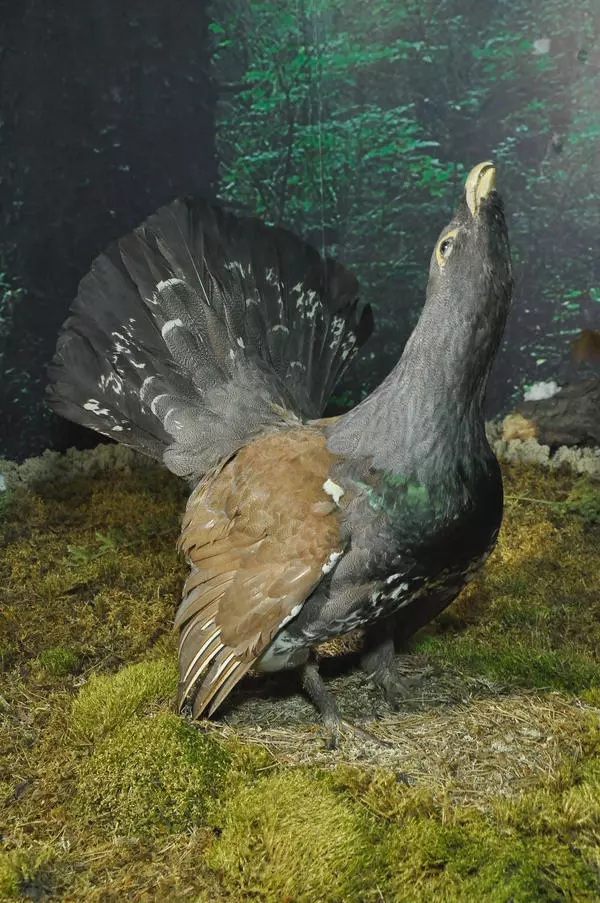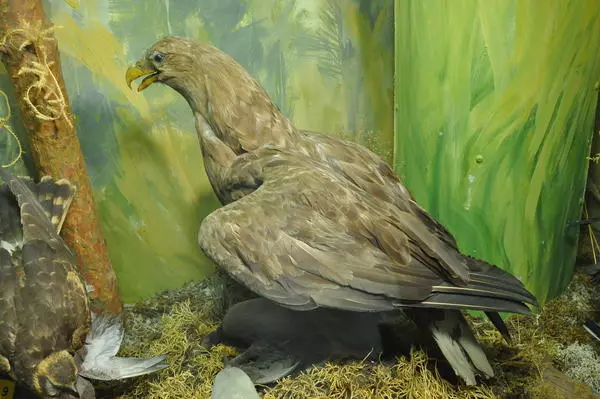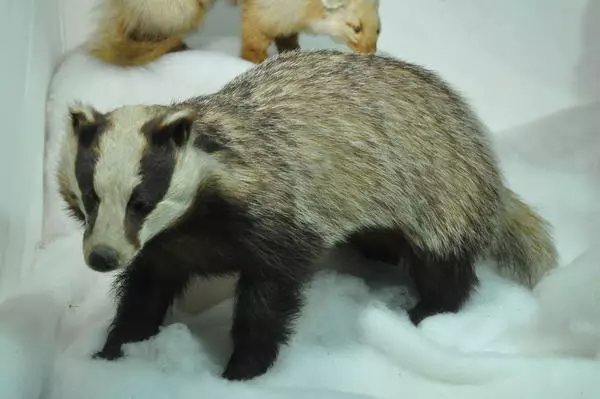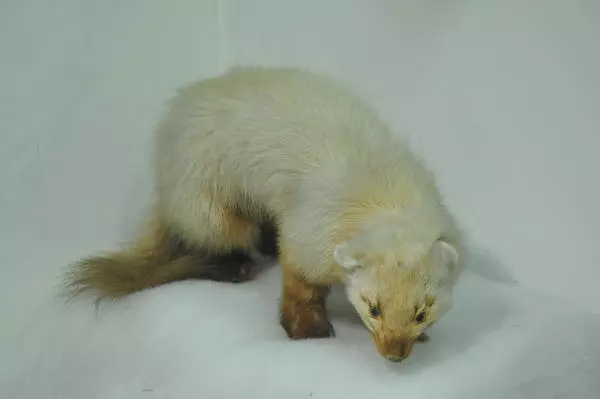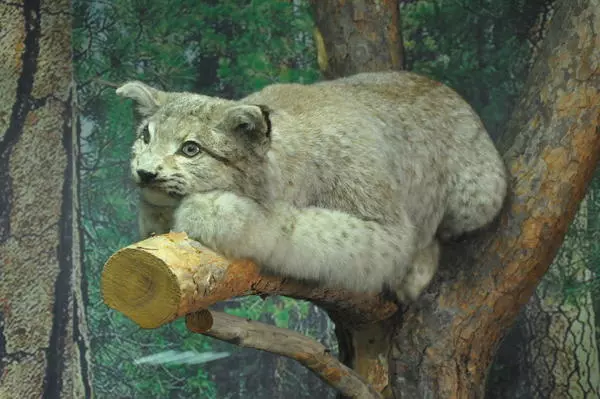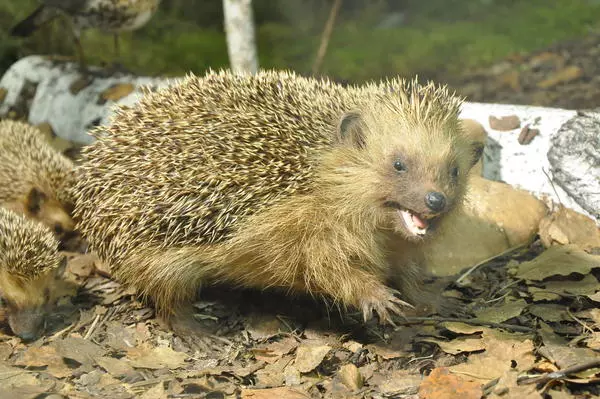The Siberian roe deer, otherwise known as the eastern roe deer (Capreolus pygargus) is part of the even-hoofed mammals order (Artiodactyla). The Russian name for it literally means ‘a squint-eyed deer’, which is thought to be explained by the squint set pupils. The Siberian roe deer, otherwise known as the eastern roe deer (Capreolus pygargus) is part of the even-hoofed mammals order (Artiodactyla). The Russian name for it literally means ‘a squint-eyed deer’, which is thought to be explained by the squint set pupils.
The Siberian roe deer is a small and elegant deer with tall and thin legs, a small and finely cut head on a long neck, and a very short, nearly inconspicuous tail. It has monotonous coloration, which is ginger red in summer and reddish grey in winter. They have a clear white caudal patch, a ‘mirror’, which prevents the deer from losing sight of each other in thick forests. Their young are spotted.
Only males have antlers, rather small, with three to five branches, and very rough. Antlers are shed in December, new ones appear by spring and get rid of skin by summer.
Siberian roe deer rut in mid-July to mid-September, often with fighting between males. The call they make in rut is a peculiar hoarse barking, which also serves as an alarm. Gestation lasts 6-10 months usually ending in a litter of 1-2 young.
The Siberian roe deer habitat is light forests with vast clearings, forest-steppe areas, and copses. In summer and autumn, they feed on grass, berries, and mushrooms; in winter, branches of trees, buds, and dry tree and bush leaves. Deep snow and ice crusts on the ground hinder them in getting food. This is why Siberian roe deer often starve and can even die in large quantities in the most severe winters.
The deer are very cautious and timid. They usually access clearings early in the morning and late in the evening. In summer, they tend to keep aloof or stay in small groups, in winter they gather in herds of 20-30. Where they are not disturbed, Siberian roe deer can as well neighbour on humans.
Roe deer are a hunting target of most large and medium carnivores. Their principal enemies include wolves, lynxes, and foxes. The latter mostly hunt for young, but occasionally are capable of running down even an adult animal. The wolf threat becomes particularly grave in winters with lots of snow, when deer have difficulty moving around. Another important kill factor is stray dogs and poachers. Siberian roe deer live 10-12 years when at large and 19-25 years in captivity.

